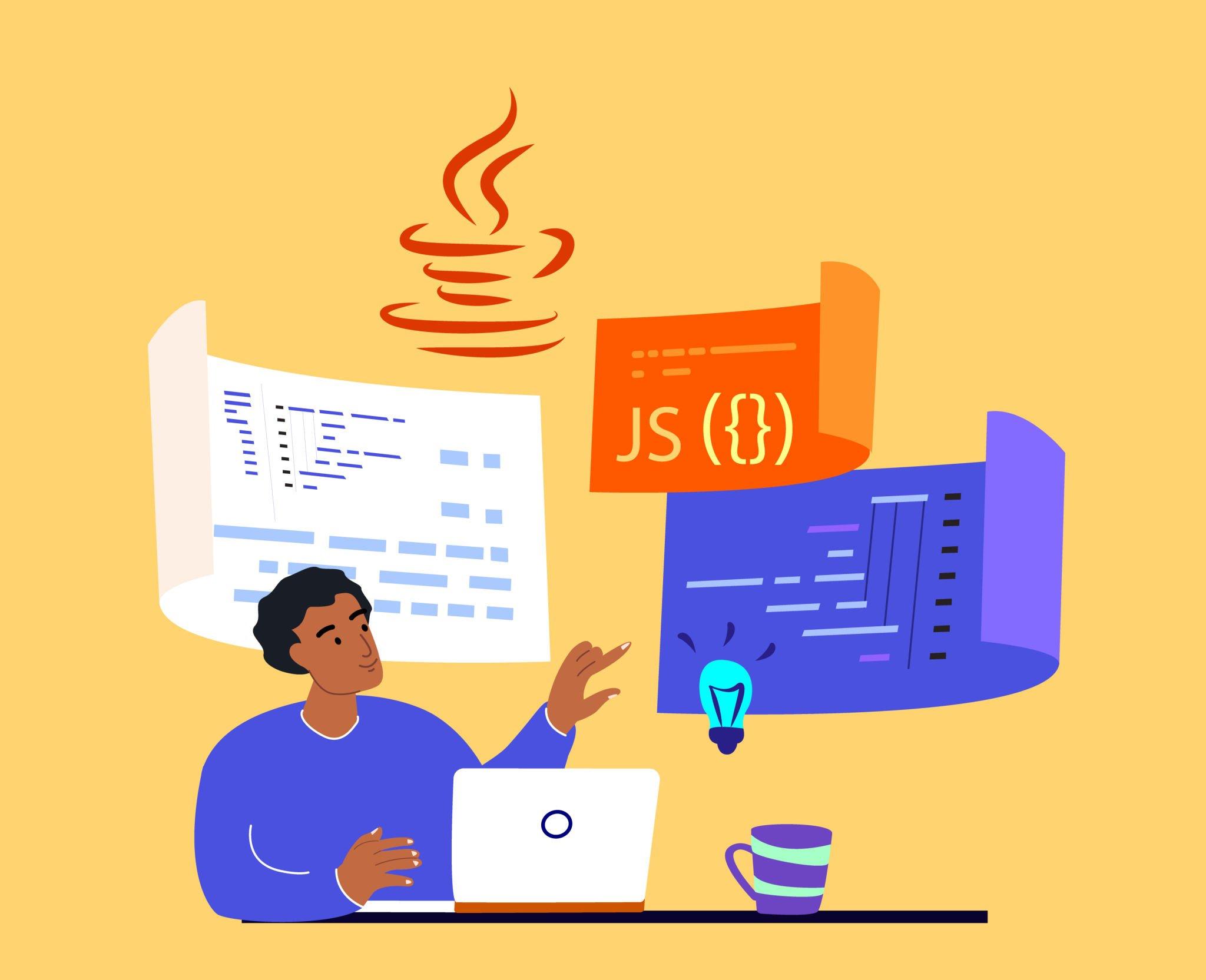An IT engineer is a professional responsible for maintaining and managing the functions associated with the computer systems used in various companies and offices. IT engineers repair the computer systems to function normally at all times.
IT engineers use their diverse technological skills to design innovative information technology systems and troubleshoot various problems and issues. If you need someone to implement the IT systems safely and appropriately, the IT engineers can do that efficiently.
Without skilled and efficient IT engineers, it would be rather difficult for an organization to manage the functioning of its computer systems. The IT engineers work with the computer hardware, computer software, and networking systems.
Often IT engineers collaborate and work with other professionals actively involved in an IT environment. It makes it possible for them to design and implement different programs and equipment when they are needed. One of the most significant responsibilities of IT engineers is to resolve issues with faulty computer systems and update the technologies as and when necessary.
Other IT engineers handle management roles, thus supervising, assisting, and guiding various projects and assignments managed by entry-level IT professionals. The salary of the IT engineer depends on the level of responsibility handled by the professional.
IT engineer and their skills
There are many different types of skills that IT engineers can have. While a single IT engineer may specialize in multiple fields, they don’t need to handle all the departments in a single office environment.
Here is a look at some of the tasks handled by the IT engineer.
- Networking
- Cloud computing
- Computer hardware
- Systems architecture
- Telecommunications
- Software development
- IT security and governance
- Data science and machine learning
- Web design and web development
- Business intelligence and business analytics
With IT technology becoming more advanced and complex every day, it is necessary to have knowledgeable and experienced IT engineers who can diagnose, mitigate and resolve all kinds of technology and computer-related issues. It is vital if the companies they are working for must keep up with high performance and stay ahead of the market competition.
The IT engineers can recommend the best upgrades to an existing computer infrastructure. They can examine the underlying reasons behind performance lags and develop ways to resolve them quickly. One of the essential tasks that the IT engineers handle is working on a broad range of IT projects and collaborating with other IT professionals to ensure efficiency. They can also document project details and communicate them to the managers, clients, and stakeholders.
In many instances, IT engineers design, develop and test different types of custom IT and computing systems for their clients and the companies they work for. They can work with partners and clients and identify their software and technological requirements. The IT professionals can also help their clients perform intricate research and coding that becomes necessary for developing new software systems. IT engineers also help in configuring, testing, and automating computer systems. They can even order equipment and supplies as per the evolving company needs.
Want to Start your Career in Tech and Become a Full-Stack Developer???
Full-stack is becoming a widely revered segment of the developer population globally.
As per a report by the U.S. Bureau of Labor and Statistics, developers will see job growth of 27 percent by 2024.
Join UniKaksha’s TechFit – A ‘24 week’ Full Stack Web Development Program to kick start your career in tech and earn six figures, guaranteed!
IT engineer and their education
Candidates looking to become professional IT engineers must undergo rigorous training and education to develop all the skills they need to be successful in their fields. Some of the essential lessons that they should master include software engineering, programming, computer science, computer engineering, statistics and probability, data structures, data designing, engineering materials, engineering mathematics, calculus, geometry, general chemistry, data analytics, physics, computer networking, cybersecurity, computer graphics for various manufacturing purposes, robotics, logical designing, and digital circuits, to name a few.
IT engineer Salary
On average, the salary of an IT engineer in India is about Rs 7 lakh every year. However, a lot depends on the responsibilities that IT professionals handle in the workplace. The salary depends on the company that the person is working for.
Many IT engineer employees have an average yearly salary of about Rs 11, 40,017. For more experienced IT engineers, the salary can scale up anywhere between Rs 20 lakh to Rs 40 lakh per annum.
Working as a professional IT engineer does come with its fair share of challenges. In many cases, engineers are required to work at odd hours of the day as the IT systems must be up and running. That said, IT engineers can expect to draw a substantially good salary, more than what other professionals in India can make. Hence, it is a good idea for anyone to study the courses associated with IT engineering.
Having Said That!
With greater dependence on technology and computing systems, IT engineers are now playing a massive role in keeping organizational activities operational. IT engineers are the most coveted professionals and are held with great esteem. They are the most valuable assets in any organization. If you are looking for a job opening in this genre, you can be sure to be in the right direction. With brighter career prospects, you can see a growth in earnings with experience. Today, India offers the most competitive salaries to IT Engineers indicating the fierce competition among companies to find and retain top talents.
UniKaksha is a digital skill development platform. We enable trained tech talent for the jobs of tomorrow, bridging the ever-increasing skill gap in the current workforce through 100+ Self Paced Courses. The courses offered are carefully framed curriculum with a team of people from diversified backgrounds, industry professionals, and academicians.
How do you like the article? Feel free to share your thoughts in the comment section and share this informative write-up on various social media channels.
About the Author
Sonali is an accomplished Author, Content Writer, Copywriter, and Ghostwriter, known for her ability to create engaging and captivating communications. With over 11 years of experience, she has developed a diverse industry background in Education, Travel, Retail, Events, and Fashion . Quality over quantity is what she firmly believes in. At UniKakhsa, she leads a team of talented technical writers, dedicated to delivering valuable content to readers through our blogs.

 The idea of remote working has been around for quite some time. But in recent years, it has been gaining in popularity. The COVID-19 pandemic has made it necessary for many people to work remotely or from their homes. It has also led several tech companies to rethink the ways they manage their workloads. While this has led companies to allocate their resources differently to face the growing challenges associated with the infrastructural shifts, it has also led to new opportunities for many people.
The idea of remote working has been around for quite some time. But in recent years, it has been gaining in popularity. The COVID-19 pandemic has made it necessary for many people to work remotely or from their homes. It has also led several tech companies to rethink the ways they manage their workloads. While this has led companies to allocate their resources differently to face the growing challenges associated with the infrastructural shifts, it has also led to new opportunities for many people. 



